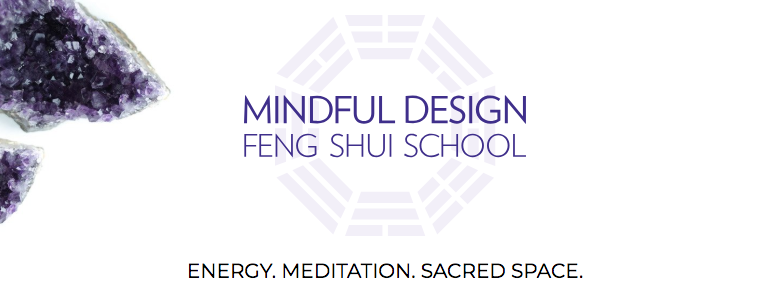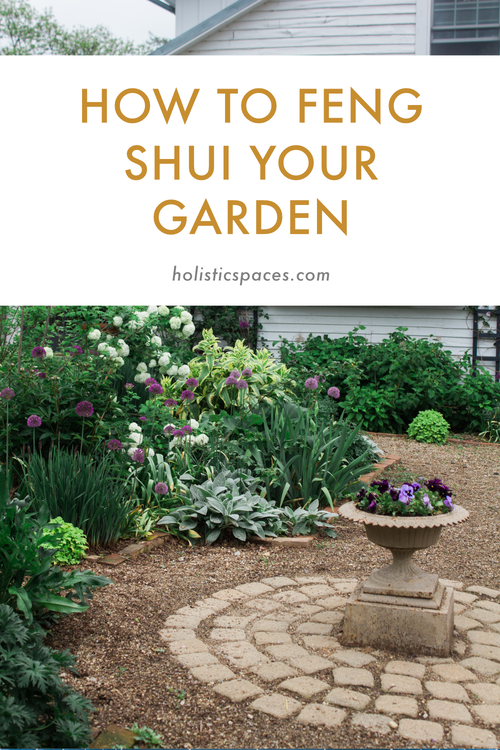Do you have a space you label cozy (as a code word for small)? Whether you’re living in a studio apartment or you’ve got a bonus room that could use just a tad more bonus, squeezing a little more from the space you’ve got is as easy as these seven tips.
Hidden storage
You’ve got stuff, and that stuff needs a place to go. Having it out in the open can make even a large room look cluttered. Invest in items like an ottoman or bench with storage hidden under the seat. Look for tables with drawers or compartments. If it can double as storage and it fits your aesthetic, it’s worth considering.
Create illusion
There are a number of ways you can create the impression of more space without actually having more space. Mirrors and glass will reflect light, which in turn creates the illusion of a bigger room. A glass topped table, a mirror placed just right on the wall and artwork framed behind glass are all great options. In a similar vein, remember that rule about hanging artwork at eye level? Ignore it. Hanging your wall art a bit higher than usual will draw the eye up creating the impression of higher ceilings and, in turn, a bigger room.
Go big
It sounds all wrong, but putting larger pieces in a small space can actually make the room look and feel bigger than it is. You’ll want furniture that multi-tasks to make this work. Use small bookshelves for end tables or nightstands, or place that bench with storage in the seat strategically at the foot of your bed. Be careful not to overcrowd the room. A few well selected pieces will do the trick.
Let the light in
A dark room is a visually small room. Look for light. airy window treatments. Even better, choose curtain rods that are wider than your windows, and hang the side panels outside the window frame. This will allow your delicate curtains to frame – rather than enclose and block the window. Place your mirror on an opposite wall to reflect the sunlight as it streams through.
Go outside the lines
In an attempt to maximize minimal space, people tend to place their furniture flush to the wall. The extra bit of room you may pick up doing it that way, however, can make the space less functional and awkward. Decorate in triangles. For example, place your sofa against a wall and then angle a chair away from the wall to face the sofa. Use an area rug to define the area.
Edit
Don’t overfill the space. Your favorite collection doesn’t need to be all out on display. Every square inch of shelf doesn’t need to be filled. That library of music you once accumulated on CD can be pared down to the music you actually still listen to on CD.
Vertical climb
Don’t let vertical space go to waste. The space above furniture is ideal for shelving and art work. Plus, remember: the more there is to draw the eye up, the larger those walls will appear.
If you’d like to learn more about feng shui, check out Mindful Design Feng Shui School at: www.mindfuldesignschool.com







